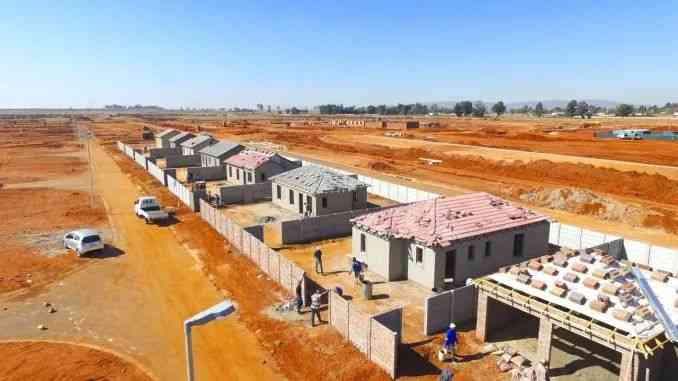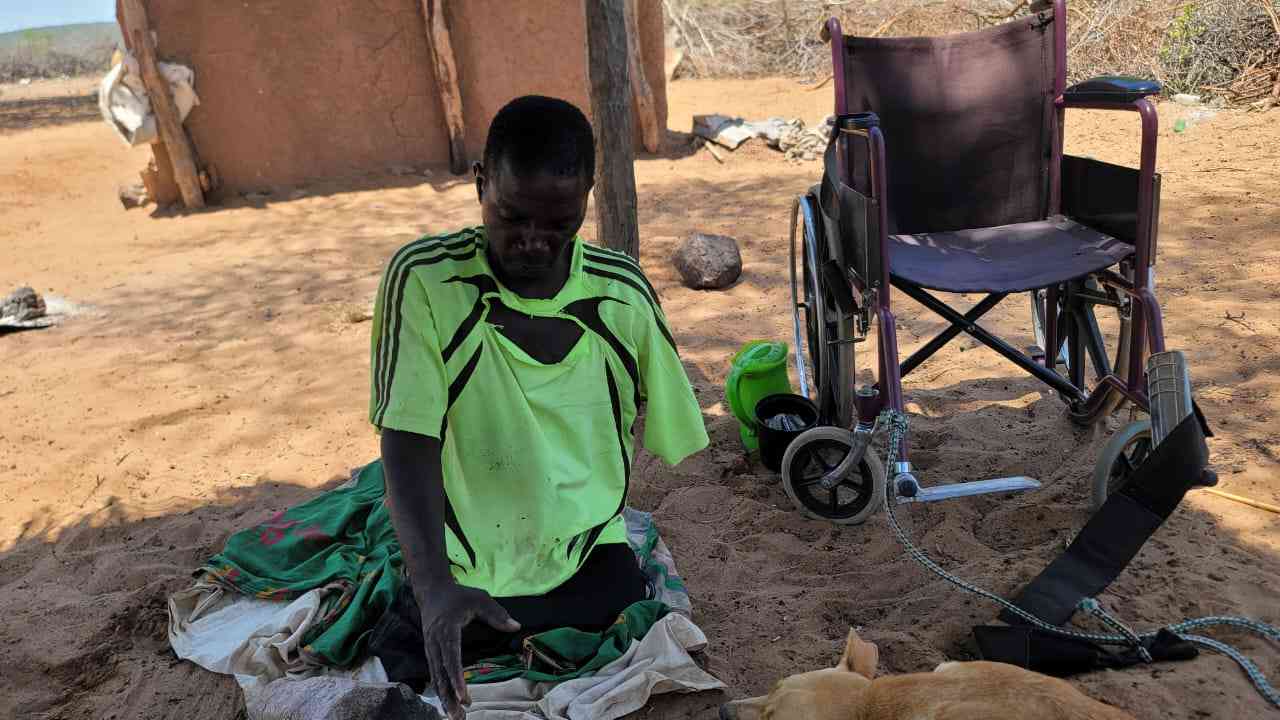
UNDERGRADUATE study of public finance economics taught me a lesson that I lean on up to this day: debt must always be kept at sustainable levels.
Even in corporate finance, I learned that highly geared companies face increased risks of default and financial failure, bankruptcy, and greater susceptibility to economic downturns. Home economics cannot go unmentioned, where it was clear that excessive household debt affects household consumption, savings, and access to critical services like education and healthcare.
The consequences of unsustainable public debt are not just theoretical; they are an immediate and severe threat with wide-ranging implications for the government and the entire economy.
The ripple effect is felt by businesses, consumers, workers, and even the state of our infrastructure. This is not a distant problem but a pressing issue that we, as economic agents, must confront. A stark example is the current situation in Zimbabwe, where the debt crisis is wreaking havoc on the economy.
Official statistics are often not transparently reported, as indicated by the latest development, where there are varying debt stock figures reportedly shared by the Treasury. Mainstream media reports highlight that during Zimbabwe’s arrears clearance engagement with creditors on the side-lines of the May 27-31, 2024 AfDB Annual Meeting in Kenya, the Treasury estimated public debt at US$19,2 billion (US$13 billion external and US$6,2 billion domestic), but at the April 19-21 2024 IMF-World Bank Spring Meeting, US$21,9 billion.
This lack of transparency is a significant concern, as it hampers the ability of economic agents and investors to accurately assess the state of public debt and make informed decisions - underlining the crucial need for transparent and reliable debt reporting.
The preceding inconsistent debt statistics were shared only with creditors. However, whatever debt stock level is valid between the two sets shared, they tell us the same story: public debt is growing faster than income, and it is unsustainable!
Even if one tries to be ignorant of the current speculation about the actual level of debt stock, a rear-view granular analysis would still indicate that the appetite for public borrowing is unquenchable.
- Lessons for media from Kenya elections
- Kenya's top court to rule on disputed presidential election
- Zim has 2nd highest rising food prices: WB
- 'Market discipline difficult to maintain'
Keep Reading
The last publicly shared debt statistics in the 2023 Public Debt Report (PDR) that accompanied the 2024 National Budget officially shows total public and publicly guaranteed (PPG) debt up by 0,6 percentage points in annual terms. The PPG debt stock jumped to US$17,7 billion as of the end of September 2023.
Of this total PPG debt stock, 72% (US$12,7 billion) was contracted externally, while 28% (US$5 billion) was contracted from the domestic market. The external PPG debt, which is a significant portion of the total, is comprised of bilateral debt (US$6 billion), multilateral debt (US$3,1 billion), and Reserve Bank of Zimbabwe (RBZ) debt (US$3,6 billion).
In the same vein, the total domestic PPG debt, though smaller, is also diverse and includes compensation to Former Farm Owners (FFOs) (69,7%), government securities (29,2%), and arrears to service providers (1,1%). This complex composition of debt further complicates the management of the public debt issue in Zimbabwe.
A close analysis of these yet-to-be-updated official debt statistics further indicates that Zimbabwe’s external debt is distressed. The nation now struggles to honour its external obligations, as shown by ballooning arrears and penalties, where about 74% and 81% of combined bilateral and multilateral debt are interest and principal arrears and penalties, respectively.
These highlights increased debt default risk for Zimbabwe - the probability that a borrower will not make the required payments on a debt obligation. In such instances, creditors may be deterred from lending money altogether or are more inclined to seek higher interest rates when lending.
Again, a large chunk of Zimbabwe’s total PPG debt stock is denominated in foreign currency, which is generally stable relative to the domestic currency, the Zimbabwe Gold (ZiG).
The 2023 PDR shows that 72% of total PPG debt was accrued externally. The susceptibility of local currency to frequent macroeconomic fluctuations increases the debt servicing costs. With expected mounting depreciation pressures in the outlook, the Treasury will likely require more ZiGs to service its ever-rising external debts.
By allocating more resources to debt servicing through the fiscus, the Treasury is tying up funds that would otherwise be used for crucial public services like housing, education, healthcare, water, and sanitation. These services are the lifeline for low-income people, particularly in rural, underserved, and marginalised communities.
This strategic approach to debt management can be the antidote to widening gender disparities, early child marriages, gender-based violence (GBV), youth drug abuse, poverty, and income inequality. It can pave the way for inclusive and sustainable economic growth and development, giving us hope for a brighter future together as a people.
Addressing the debt crisis is not a task for civil society organisations alone. Forming a robust debt justice movement requires a collective effort from all stakeholders – citizens, governments, academia, and the private sector.
As we have discussed, unsustainable debt permeates every aspect of the economy, driving up the cost of money and business, dampening consumer spending, and stalling investment and employment.
We can empower ourselves to make a difference by recognising our shared responsibility.
As a case study, the unsustainability of debt in Zimbabwe contributes immensely to the economic hurdles plaguing the resource-rich country. Mounting debt arrears and penalties, constituting more than 52% of total external public and publicly guaranteed debt, have nearly closed Zimbabwe’s access to external concessionary lines of credit to augment shallow domestic capital markets characterised by financial repression.
Consequently, the Treasury is now heavily relying on domestic borrowing, creating stiff competition for limited loanable funds. Thus exerting pressure on market interest rates to upscale and crowd out private sector investment. This helps explain the prevalence of high formal unemployment, increased informality, and increased poverty and inequality in Zimbabwe.
Also, authorities have resorted to tax increases to mobilise additional revenues to support government developmental projects and programs. For instance, the 2024 budget proposals significantly hiked toll and passport fees, increased strategic fuel levies, removed some essential goods from VAT zero rating and exemptions, and crowded out informal traders from the distribution channels by demanding formal documents like tax clearance and VAT registration certificates.
All these regressive proposals being implemented through the 2024 national budget are fuelling the cost of doing business and worsening the cost-of-living crisis, thus plunging many households into abject poverty.
More so, high indebtedness is causing excessive reliance on resource-backed loans (RBLs) - loans where repayment is made directly in natural resources or a resource-related income stream guarantees repayment.
A clear example is in the 2023 PDR, which shows that the government, in February 2023, secured a US$400 million loan from Afreximbank for budget support and the financing of trade-related infrastructure.
The US$400 million Afreximbank loan is repaid using 35% of Zimplats’ export proceeds of platinum. This is one example out of many deals passed in secrecy.
It remains my position that RBLs are dangerous as they exert dire developmental impacts by fuelling unsustainable extraction of natural resources, leading to environmental degradation, air and water pollution, forced displacements of people from their communal lands, farmer-miner conflicts, and human-wildlife conflicts.
These RBLs also accrue in secrecy, increasing the chances of corruption. Again, unsustainable resource extraction compounds the problems of climate change and denies environmental justice, particularly to future generations.
To me, the mounting debt crisis in Zimbabwe, in particular, and Africa in general, is not because of a lack of legal framework guiding debt contraction and management but because of the existence of weak institutions (parliament, anti-corruption, public procurement authorities, etc.) undermined by corruption to enforce existing legislation.
The challenges also emanate from a lack of strong citizen agency, primarily due to poverty, inequality, and shrinking civic spaces. In addition, there is also a lack of responsible/impact private sector investing, which protects the rights of workers, future generations, and the environment.
Unless these issues are addressed with one voice, the developing world will continue to experience sluggish, inequitable growth, which leaves many people and nations behind.
Locally owned businesses will remain uncompetitive, succumbing to stiff competition in an increasingly globalised world thanks to rapid technological advancements. Consumer incomes and spending will remain very low.
It is time now to join hands – citizens, governments, academics, and the private sector – in ending the debt crisis once and for all.
- Sibanda is an economist. He is a research associate with Zimcodd. He is a staunch advocate for inclusive and sustainable development. He writes in his personal capacity.







